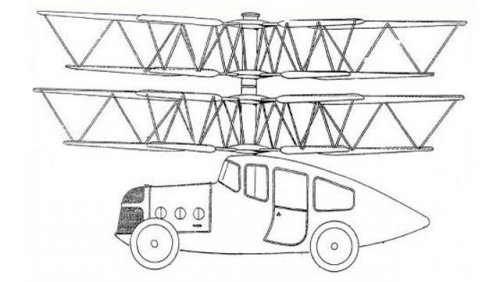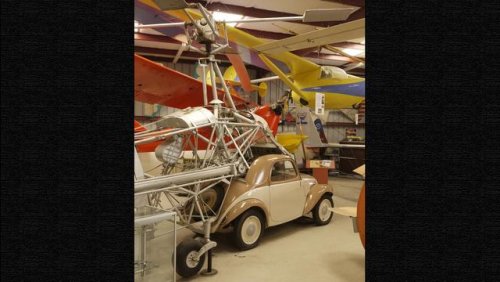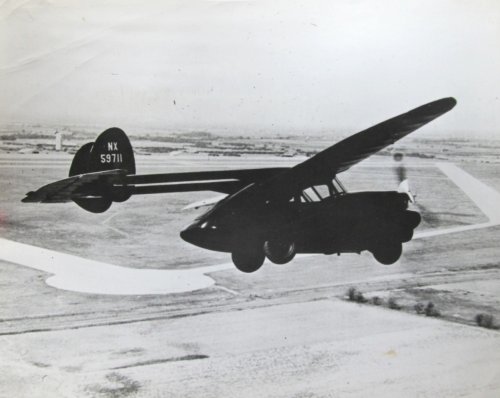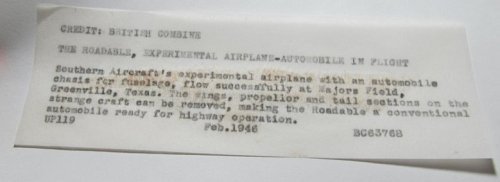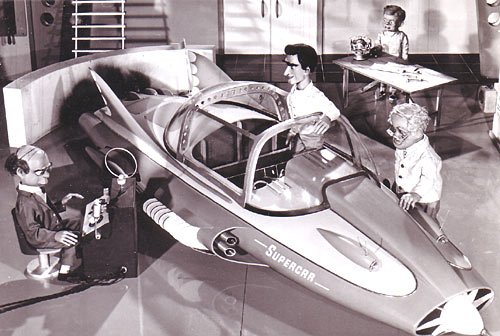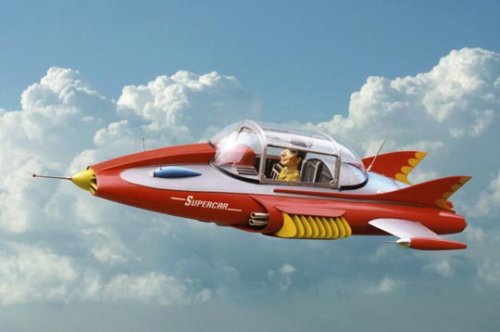- Joined
- 25 June 2009
- Messages
- 14,749
- Reaction score
- 6,114
robunos said:they have to be two-bladed, which in turn drives the diameter of the wheels
Tell me if I'm wrong here... but did you just say that the number of blades determines the diameter of the wheels?
I could be wrong here, as I can claim no expertise in helicopter dynamics... but my impression is that whether a rotor has two, three, four, five or six blades doesn't change the length of the blades in a way that will dramatically increase the total rotor diameter. At the worst the increase in the number of blades would make for shorter blades, not longer.
Or am I sorely mistaken here?


